Driving in Pakistan is like a scary game of real-life dodging cars, especially if you live in some of the big traffic hubs like Karachi, Lahore or Peshawar. It is a skill in itself and as the famous Jeremy Clarkson said about driving in India (which is somewhat similar to driving in Pakistan),
“It’s a large-scale demonstration of Brownian motion; it’s the chaos theory on wheels, and almost none of the participants are trained.”
Self-driving cars are coming, sooner or later. Google, Uber, Tesla, everyone is working on it. As Google’s cars rack thousands and thousands of kilometers, getting better and better with every centimeter they cover, Uber has already launched self-driving cars in a few places. However, will they ever come to Pakistan or the rest of the developing countries?
If they do, it will take ages at the very least. With the state of traffic in Pakistan, especially urban behemoths like Karachi, is a mess, something that these self-driving cars will have to account for.
Apart from some hilariously funny situations in traffic, the self-driving cars will also bring some relief to the only person in a family that still doesn’t know how to drive. Unlike people, cars don’t groan when summoned to fetch clothes from the tailor, nor they do roll their eyes when called upon to get Rotis for dinner. Necessity is the mother of invention as they say.
Here is a look at 6 hilarious, yet extremely likely, things that could happen if we were to introduce self-driving cars in Pakistan right now.
1. Cars on Footpaths
Some self-driving cars use the painted lines on a street lane and the footpaths as direction signs. They are used to keep the car pointed in the right direction and follow the path of the road. However, the lack of any proper footpath markings or the white lines on most roads can result in some unfortunate sights; a car driving on a footpath for instance.
Even worse, there are some places where footpaths don’t even exist. The only thing separating the road from the houses/shops is loads of trash.
2. Even Worse Traffic Jams
Simply put, driving here is the ability to be able to weave through hordes of Qingqis, while trying not to hit one of the dozen or so bikes involved in a race to be the first one to wiggle between the inch-wide gap between your car and the footpath. Imagine what it will take to teach the laws (or lack thereof) of Pakistani roads to a self-driving car?
Unless Google or Tesla or, well, anyone can figure out how to teach a car to do all that with today’s technology, traffic jams will be even worse then. Western programmers really can’t account for the road conditions and driver mindsets here.
The only way it might seem even remotely possible right now is with a mainframe stacked inside making millions of calculations per second while laser sensors crowd every nook and cranny of the road.
Even then, they would need a rowdy artificial intelligence-based robot in the driving seat who can mutter angrily to himself, shout at the oblivious Rickshaw-walas, and keep its hand glued to the horn to show off its determination to be the first one through. The louder it can be, the better.
Because hey. They need to be one of us to be taken seriously after all. Unfortunately, this also means more traffic jams.
3. Managing a Map of Potholes and Open Gutters
The hardest part about learning to drive isn’t learning to drive, but it’s about learning to keep your eyes glued to the windscreen to be ready for anything, be it a cow crossing the road or an open gutter in the middle of the main road.
Getting your car home in one piece depends on your ability to spot potholes and open gutters quick enough to maneuver your car around them. We humans can adapt and learn to be pre-prepared for these, but can how can we teach this to computers?
One workaround around this could be if all of the self-driving car manufacturers or a body could collaborate to manage one collective map of all the potholes, gutters, broken roads, etc. Self-driving cars could use this data to ‘navigate’ obstacles as best as they could.
Fortunately, the availability of 3G and 4G services in Pakistan now means that they won’t need a big hard drive to store all that data in the car itself.
4. Teaching the Pakistani Driving “Sign Language”
Over here, overtaking a car by driving in the opposite lane with oncoming traffic is okay (sometimes). It does, however, come with its own share of manners and courtesies.
The first thing you should know is to repeatedly smash the horn before pulling out in the opposite lane. The other is to flick the headlights towards the oncoming traffic, blinding them in the process. The latter has worked for almost everyone who has lived to tell the tale.
Similarly, there are hundreds of other situations where you have to use your “driving sense” to know what you have to expect from the person driving the other car. Either we will have to teach all these driving manners to self-driving cars on our own, or they will just have to drive the normal way. But what fun would that be?
5. Confused Cars
Don’t want to book a lawn for a function? Just erect a whole tent right in your own street and cover the whole road. If not for saving money, just do it for the sake of seeing some confused self-driving cars drive around, bedazzled by the spectacle of dancing people and sparkling lights.
If that’s not enough, malfunctioning traffic signals would make self driving cars scratch their bonnets. As most Pakistani motorists would tell you, some traffic signals have ended up being more of a guideline for people to follow when they feel like it.
It would be quite interesting to see how a computer would react in a situation like that, especially if they aren’t specifically programmed to deal with that.
6. Fewer People Breaking the Rules
If there’s one reason we need self-driving cars, it’s because of this. We are notoriously poor fans of rules, even if they are for our own safety. Especially in Pakistan, most people don’t follow the traffic rules.
We’ll do everything, from not wearing seat belt to breaking the signals to reckless overtaking to haphazard parking, just to save time or for a little comfort.
Self-driving cars aren’t humans, nor can they be consumed by our thirst for speed or the adrenaline rush. They don’t enjoy driving anymore than they enjoy solving a bunch of calculations for the stock exchange program.
They are programmed to follow a pre-defined set of rules, none of which are capable of breaking the law. Bugs in the program may cause them to do so, but the company responsible for making the software will be much quicker at correcting it than we are at correcting our driving.
So there you have it folks. Do you think that self-driving cars can be suitable for Pakistani roads and potholes? Can they work after tweaks and balances? Let us know in the comments below!
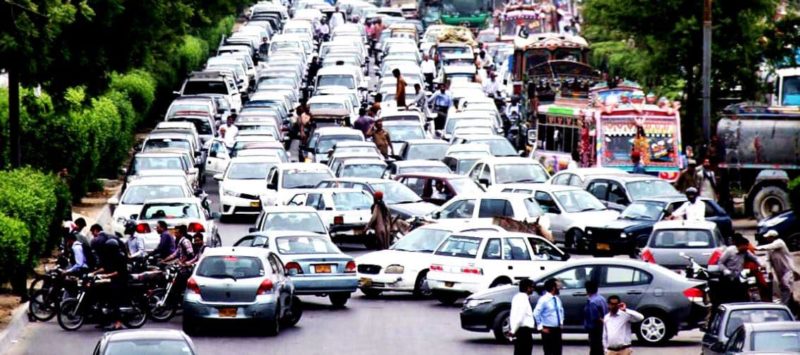
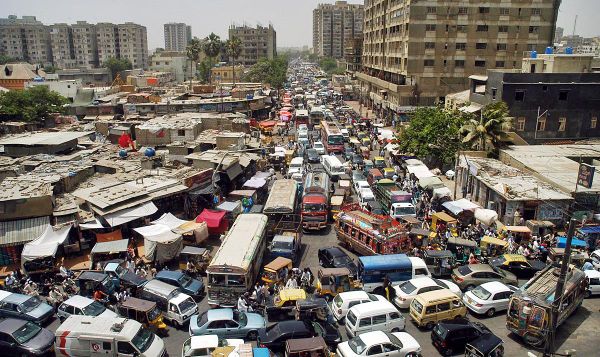
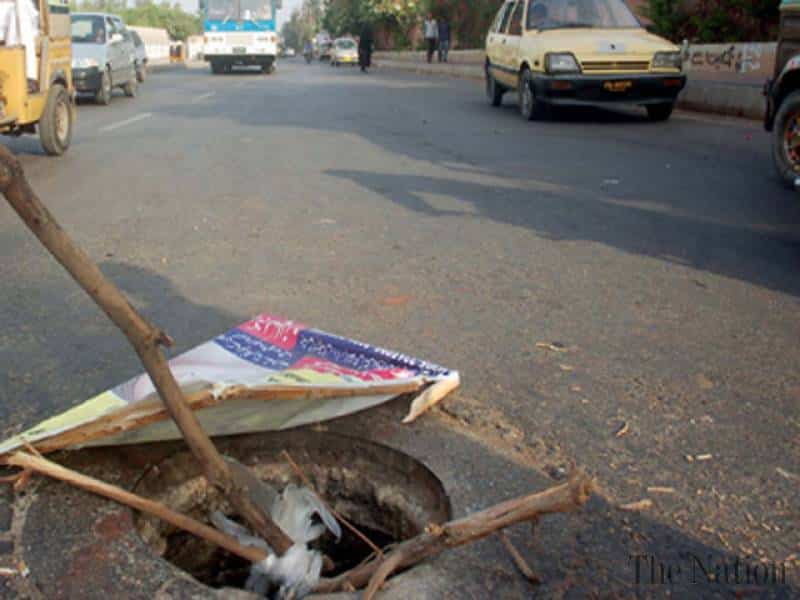
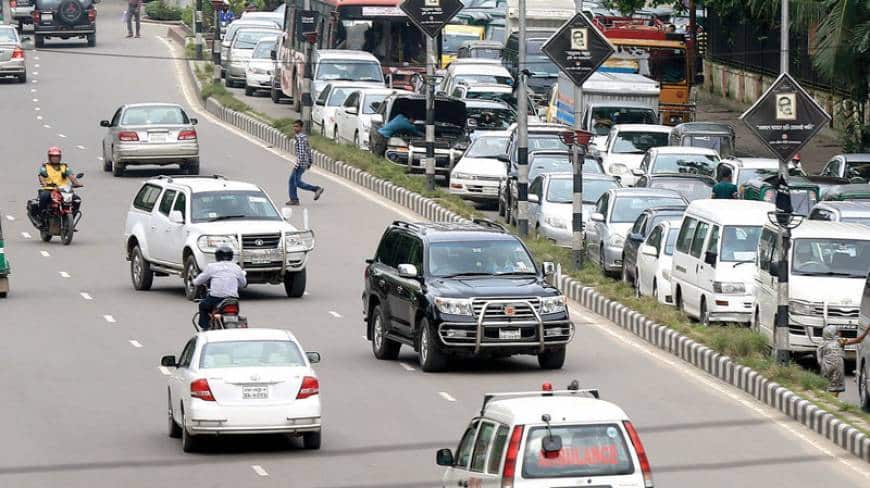

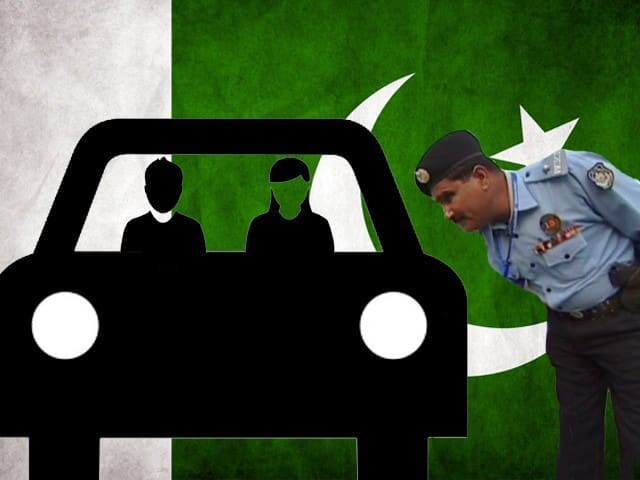




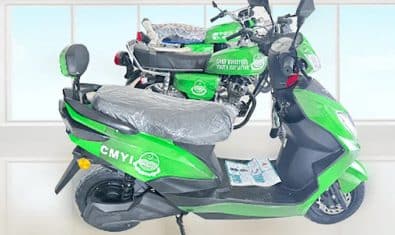



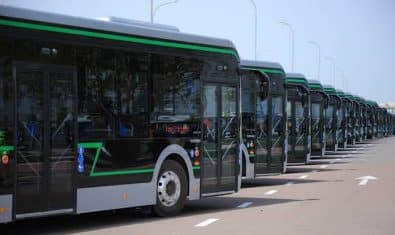















back in late 90s (1998-99) i saw a documentary where the car would break itself when nearing any sizable object, to avoid accidents.
I told this to my friend and said., kya technology hey yar.,., and his first reply on that was.,., koi doosra aa k mar jaye ga gari ko to kya hoga !! :-D,.,
i believe same goes to self driving cars :P
6 things happend nahi hongi, only 1 thing happens hogi aor woh yeh kay car ghayab hogi aor phir sher shah mein uskay parts bik rahay hongay
Even our new roads, like Kashmir highway in islamabad, we have made all kind of wrong markings on road. The continuous yellow lines which must not be driven on in any case, still continue on turns, we have continuous big cat eyes between cars and truck lanes. Plz do not mention slightly old roads, like peshawar road rawalpinidi or mall road rawalpindi or many more, these does not even have white lane markings, they were there but vanished very fast due to some pathetic paints and no maintenance.
What you expect from self driving cars in such situations.
While driving in Pakistani roads, you don’t just have to take care about what you do, you have to take care about what the guy behind you is doing, the guy to your right is doing,the guy to your left is doing and the the guy in front of you is doing. THEN make a move.
Join the discussion…dear, every thing said in this article applies for indian traffic and indian drivers also.the conditions of the road traffic show that the people on both sides have similar habits and mindset.still i dont know why we keep fighting.probably that is also sign of our common nature.
hahahahaa
Wow yaar maza agaya
It was fun to read this article but in reality you dont have to worry about this because self learning algorithm will be enough to understand Pakistani Traffic in less than a year
“scratch their bonnets” ???
interesting technology but its sound more funny when we talk about Pakistan :D
really if cars go to self driving where will be the fun in that come on man …….
already we are enough lazy them cars being self driven……yeah ri8 we can say good bye to the 8.559% active people remaining in pakistan…lol
I am actually developing a self-driving car model and anyone interested can see it on my github page.
Its already being trained on data from GTA V and getting surprising good accuracy in steering and throttle(breaks and accelerator are mixed into one here) and I haven’t even started to make the proper network.
https://github.com/ArifSohaib/self_driving_model_tflearn/
Do you people know anything at all about Neural Networks that will be used to do this in the first place?
The things mentioned here are all hand-coded features and rules and those are almost obsolete. They will not be present in self-driving cars. Convolutional Neural networks can literally ‘see’ the road. They will actually be able to see the plot-holes, the bikers. Also, Recurrent Networks can actually make them learn the unwritten rules of Pakistani or literally any roads.
Lastly, the car will probably be driven virtually on a simulation of the worst roads possible before being made public.
And about traffic jams. Imagine the truck drivers and bus drivers who have to stay up 24/7 being replaced by machines literally designed to work above 24/7.
Not to mention bikes could be replaced by cars you call with your phone. The nearset one drops you off and goes to the next customer. And current ones are all eco friendly so they use less gas meaning this could be cheaper than a bike or a car.
And cars being stolen. Absolutely not. The cars will have built in GPS to track them as integral parts of the car. It could also easily have alarms, cameras, retina scanner, fingerprint scanner or any kind of biometric lock. They will be much more resistant to theft. However, self driving cars being hacked and used for stalking or kidnapping may be an issue.
Seriously, naysayers like you make research and development in Pakistan impossible. This is supposed to be a high end tech news source and you talk like this. Meanwhile, an Indian-American Youtuber called Siraj is currently working with the man who made the first self-driving cars developing a degree on self-driving cars. And then you complain why Pakistan isn’t advanced.
self driving car k agay agr koee bandaa aa jaye ghaltee say to wo brake laga k ruk jatee hai because of sensors. agr self driving car pakistan main i to her koee us k agay say hee road cross kray gaa … wo car kabhee bhee nahee cahalay geee :p